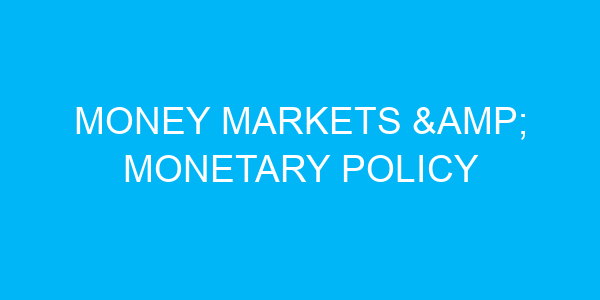6. When the central bank reduces the reserve requirement, it is likely to:
a. Increase interest rates
b. Decrease interest rates
c. Have no effect on interest rates
d. Increase the money supply
7. The discount rate is the interest rate at which:
a. Commercial banks borrow from the central bank
b. The central bank borrows from commercial banks
c. The central bank lends to the government
d. Commercial banks lend to each other
8. Inflation targeting is a monetary policy strategy that focuses on:
a. Stabilizing exchange rates
b. Maximizing employment
c. Minimizing inflation
d. Promoting economic growth
9. Which of the following is an expansionary monetary policy tool?
a. Decreasing government spending
b. Increasing taxes
c. Selling government securities
d. Decreasing the discount rate
10. Quantitative easing is a policy used by central banks to:
a. Increase interest rates
b. Decrease the money supply
c. Stimulate economic growth
d. Stabilize exchange rates




